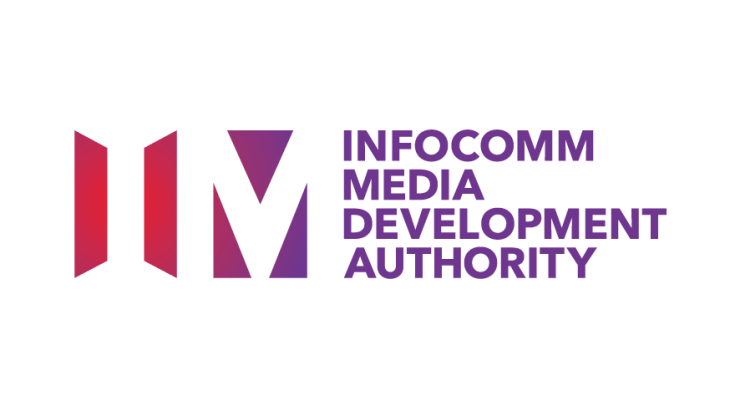
Commercially available Wifi 6E equipment and devices may be out by Q3
IMDA said it will allocate 500 MHz of spectrum in the 6 GHz band.
The Infocomm Media Development Authority (IMDA) announced that it would allocate more radio frequency spectrum to facilitate advanced Wifi connectivity in Singapore, complementing Singapore’s Nationwide Broadband Network and 5G mobile networks.
IMDA will amend its regulations to input the radio frequency spectrum 5,925 MHz – 6,425 MHz for Wifi services in Singapore.
“IMDA expects Wi-Fi 6E-enabled equipment and devices to be commercially available in Singapore by 3Q 2023,” it said.
Wifi needs
The lower segment of the 6 GHz band (i.e., 5,925 – 6,425 MHz) provides an additional 500 MHz of contiguous spectrum that has been globally identified as adequate for Wi-Fi.
The allocation of this additional spectrum will make way for the deployment of the latest Wi-Fi 6E technology, which supports the usage of wider Wi-Fi channels (such as 160-MHz channels), which is two to eight times wider than the current 20-MHz to 80-MHz channels in the 2.4 GHz and 5 GHz current bands, IMDA added.
“The wider 160-MHz channels can deliver faster theoretical maximum speeds of up to 9.6 Gbps, doubling the current maximum speeds of up to 4.8 Gbps, and can support lower latency use cases,” said IMDA.
Why it is needed
These adjustments will pave the way to meet the rising demand for bandwidth-intensive and low-latency use cases.
“For example, there will be more deployment of interconnected devices and robots with autonomous mobility, application of generative AI with higher data transfers, and adoption of augmented or virtual reality with more immersive online experiences involving multiple parties,” said IMDA.
Consumers using the internet for remote working, home-based learning, and entertainment will also expect better connectivity.
More spectrum in the 6 GHz bands with wider channels will ease increasing contention over Wi-Fi and maintain a good user experience as these data-intensive applications get more pervasive.
The improved spectrum will also allow a seamless experience as end-users transition between the different connectivity options in Singapore.
























 Advertise
Advertise






